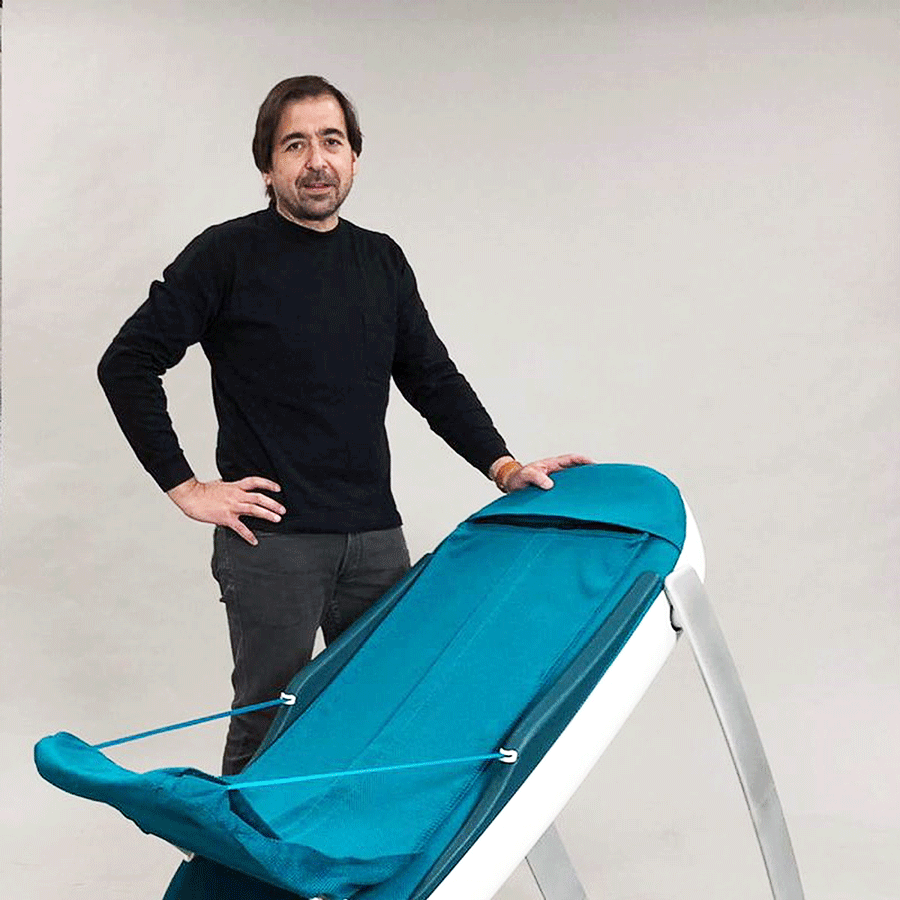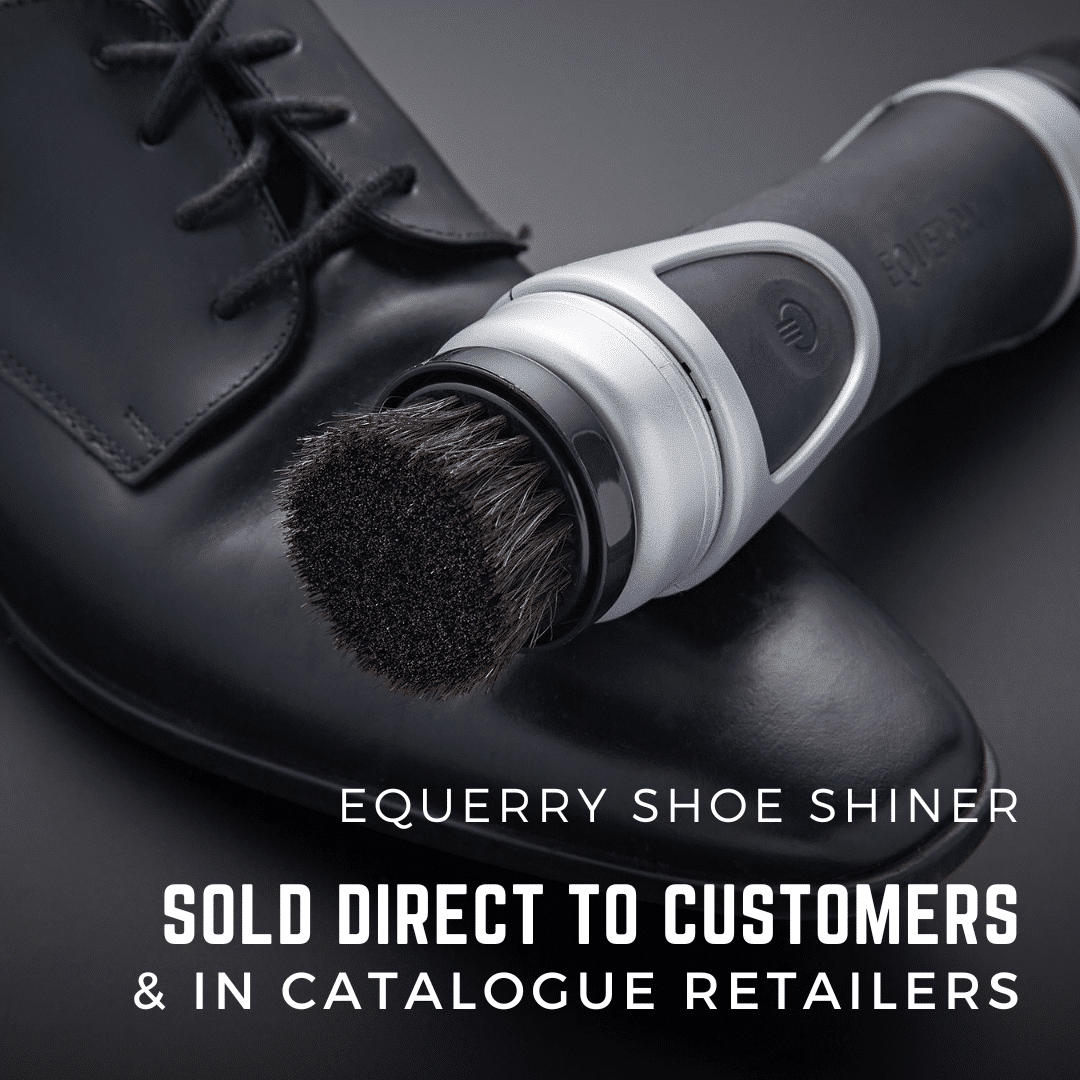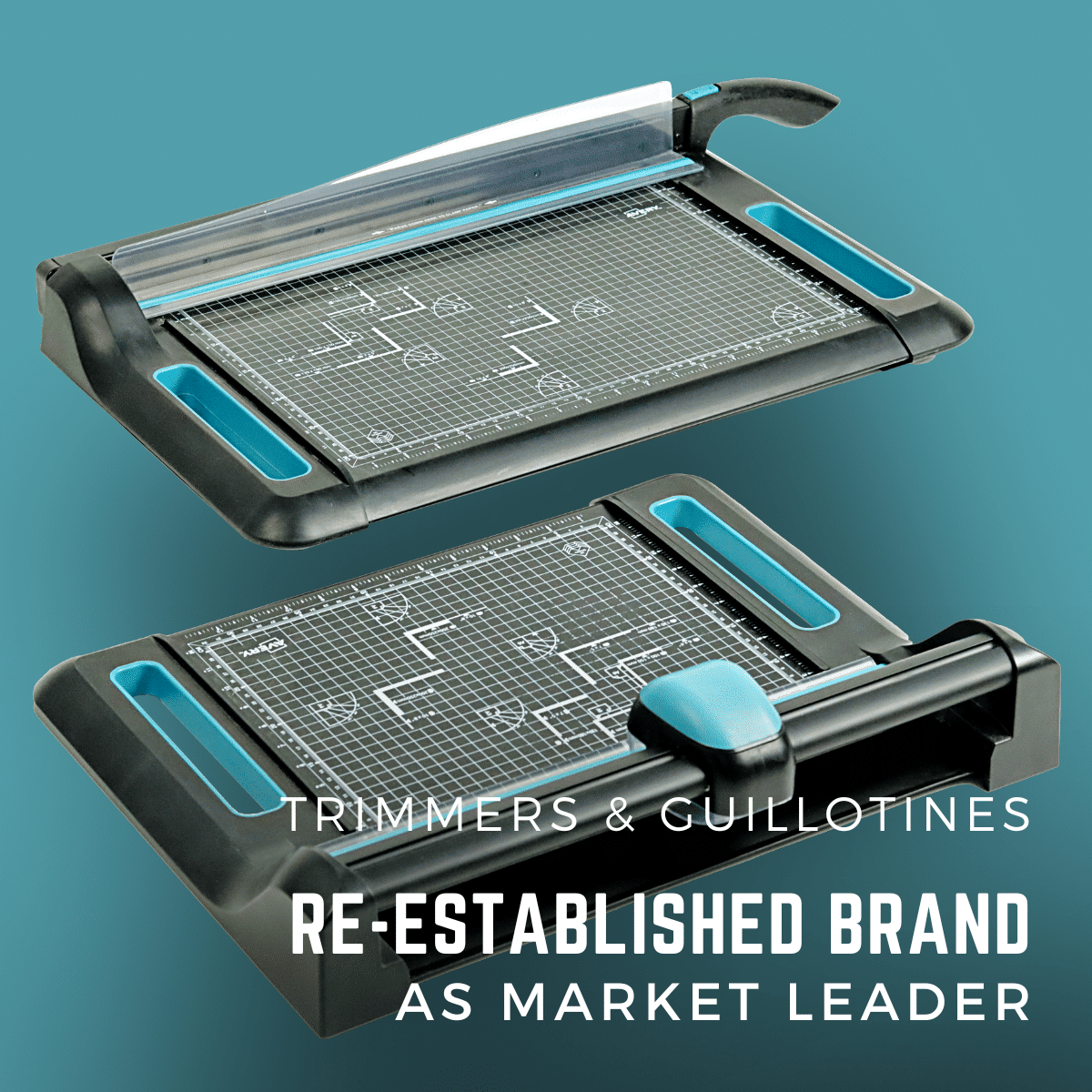Overview
Product design is much more than just styling a product. It involves a comprehensive process of creating a new product that meets the customer’s needs, is technically feasible, and is financially viable. The product design process is a sequence of stages followed by designers to develop innovative product. Each stage is a step towards the final product ensuring that the product has taken into consideration market positioning, user needs and comments, manufacturing feedback and is commercially viable. In this guide, we will take you through each stage of the product design process. We will also share some common mistakes to avoid during the product design process and a case study to illustrate the process in action. By following this step-by-step guide, you can ensure that your product design process runs smoothly and results in a successful product launch.
What is the Product Design Process?
The product design process is a structured series of stages that guide the development of a new product, ensuring it is both efficient and effective. Here’s how it typically unfolds:
Brainstorming and Ideation: The process starts with brainstorming and ideation, where diverse ideas are generated. The most promising idea is selected and moved forward for further development.
Feasibility Analysis and Costing: The selected idea undergoes a feasibility analysis to evaluate its technical viability, economic potential, and market desirability. This stage also includes project costing to ensure financial feasibility.
Product Design Specification: Next, a detailed product design specification is crafted, which involves a competitor analysis to position the product uniquely in the market. This specification outlines design criteria, performance standards, and compliance requirements, serving as a guide throughout the development process.
Concept Development and Evaluation: This phase transforms ideas into tangible concepts through sketching and modelling, followed by concept selection and refinement based on a preliminary technical and economic feasibility assessment. Prototypes may be built to test core functionalities and gather initial feedback.
Intellectual Property Review: A crucial step involves reviewing existing patents and IP to avoid infringement while identifying opportunities for new patents. This helps in navigating the intellectual property landscape and developing a solid patent strategy.
Assessment of Commercial Viability: Early assessment with manufacturers helps determine if the product can be mass-produced cost-effectively, considering potential market pricing and manufacturing costs.
Styling and Materials: Selection of materials and styling takes into account aesthetics, functionality, user interaction, and environmental impact. This stage ensures the product is appealing and sustainable.
Prototyping and Testing: Functional prototypes are created to test ergonomics, usability, and design. User feedback from these tests informs further design refinements.
Brand and Packaging Design: Concurrently, brand and packaging strategies are developed to enhance market appeal. This includes everything from logo design to packaging functionality and aesthetics.
Marketing Validation: High-quality CGI renders and presentations to potential buyers and partners help validate the market appeal and refine the product design based on their feedback.
Detailed Design and Engineering: Detailed manufacturing specifications are prepared, including engineering drawings and materials selection. This documentation is vital for transitioning to mass manufacturing.
Value Engineering and Pre-Production Prototyping: Before production begins, cost optimisation and manufacturing feedback are integrated to refine the product design for mass production.
Manufacturing Setup: Finally, tooling is prepared, and manufacturing setups are finalized. The best manufacturer is selected through careful consideration of cost, quality, and capacity to ensure successful product launch and market entry.
Each of these stages is interlinked, forming a cohesive and iterative process that evolves from concept to a market-ready product, ensuring all aspects of design, functionality, and marketability are addressed.
Why is it important that I follow the Product Design Process?
Following the product design process is crucial for several reasons. Firstly, it provides a structured framework that guides you through the various stages of product development, from ideation to market launch, ensuring that no essential steps are overlooked. Secondly, it helps you identify and address potential challenges and risks early in the process, minimising costly errors and maximising the likelihood of success.
Additionally, adhering to the product design process fosters collaboration and communication among team members, leading to more innovative and well-executed solutions. Finally, it enables you to iterate and refine your product iteratively based on user feedback and market insights, resulting in a product that better meets the needs and expectations of your target audience. Overall, following the product design process is essential for achieving efficient, effective, and successful outcomes in product development.
How to Design A Product
Designing a product involves a multifaceted approach that begins with understanding the needs and preferences of your target audience. Conduct thorough market research to identify gaps, trends, and opportunities, and gather insights into consumer behaviour. Once you have a clear understanding of the problem you’re solving and the audience you’re serving, begin the iterative process of conceptualising, prototyping, and refining your product design. This will probably involve the services of the professional product design company.
You’ll then need to collaborate closely with cross-functional teams, including designers, engineers, and marketers, to ensure that the final product not only meets user needs but also aligns with brand values and business objectives. Iterate based on user feedback, usability testing, and market validation to continually improve the design and enhance its appeal and functionality. Throughout the design process, prioritise simplicity, usability, and aesthetics to create a product that delights users and delivers value in a competitive market landscape.
Product Design Process
Step 1: Brainstorming and ideation
The product design process is a series of stages that help to ensure that a new product is developed efficiently and effectively. The process typically begins with brainstorming and ideation, where the team generates a variety of ideas for the product. Once a suitable idea has been selected, the team moves on to the next stage, which involves conducting a feasibility analysis. This analysis helps to determine whether the product is technically feasible, economically viable, and meets the needs of the target market. Additionally, project costing is determined to ensure that the project is financially feasible.
Step 2: Product Design Specification
Once a design direction has been determined, the team moves on to the product design specification phase. Here, the team conducts a competitor analysis to understand the market landscape and identify the product’s unique selling points. The team also identifies the target market and conducts initial market research to understand customer needs and preferences. Based on this research, the team creates a product design specification that includes design criteria and constraints, performance and quality standards, and likely compliance requirements.
A product design specification is a document that outlines the requirements of the project and serves as a guide for the team throughout the development process. It helps to ensure that the product is developed according to the desired specifications and is fit for purpose. By maintaining a product design specification, teams can keep projects on track, minimising the risk of developing a product that does not meet the needs of the target market or fails to perform as expected.
Step 3: Concept Development and Evaluation
During the concept development and evaluation stage, the team work on turning the initial idea into a fully-fledged product concept. The first step is sketching and conceptual modelling, where the team creates rough drawings and basic models of the product to visualise the concept. The sketches and models help the team to identify potential issues and refine the design.
Once the initial sketches and models are created, the team moves on to concept selection and refinement. This stage involves evaluating the different concepts and selecting the most promising one. The team then refines the chosen concept further to ensure that it meets the product design specifications.
If appropriate to the project, building and testing basic physical models is a good way to assess the core functionality of innovative elements. Basic prototypes can be used to test the product’s functionality and identify any issues that need to be addressed.
A preliminary technical and economic feasibility assessment is also conducted during this stage. The team evaluates whether the product is technically feasible and economically viable to ensure they are designing a product that will be competitive on the market.
Step 4: Reviewing existing patents and IP to avoid infringement
In today’s highly competitive market, protecting the intellectual property of a product is vital to its success. Intellectual property includes patents, trademarks, copyrights, and trade secrets. Before launching a new product, it is crucial to conduct an intellectual property review and strategy to identify any existing patents or protectable materials that could potentially infringe on the product’s design. This process helps the team to understand the intellectual property landscape and avoid any potential legal disputes that could arise from patent infringement.
Identifying opportunities for new patents and protectable materials is also an essential aspect of the product design process. The team may discover new features or functionalities during the concept development stage that are unique and could be patentable. By identifying these opportunities, the team can protect their product’s design and prevent competitors from copying their idea.
Developing a patent strategy helps the team determine the types of intellectual property protection required, the countries where protection is necessary, and the timeline for filing patents. Conducting a patent search ensures the team can identify any potential infringement issues and make changes to their product design to avoid legal disputes.
Step 5: Assessment of Commercial Viability
If possible, assessing the commercial viability of the design at the early stages of development will help ensure the product can be manufactured. The team evaluates whether the product is commercially viable by approaching manufacturers for initial feedback on the feasibility of mass-producing the design. The team obtains very estimated costs for tooling and per-unit manufacturing. They assess the ballpark unit costs against what the market will pay for the product. The team determines commercial viability given likely retailer margins or customer acquisition costs. This stage ensures that the development moving forward takes into consideration the feedback from the manufacturers.
Step 6: Styling and Materials
Styling and materials are important elements of product design as they can significantly impact a product’s success in the market. During the design process, the team carefully selects materials for their aesthetics and functionality. They design the product’s styling and visual appeal, taking into account the target audience and the product’s intended use. In addition, the team considers user interaction touchpoints for intuitive use, which can improve the user experience. Sustainability considerations are also taken into account as more and more consumers are becoming environmentally conscious and prefer products that are eco-friendly. Therefore, product designers must consider the environmental impact of the materials they use and ensure that the product can be recycled or disposed of responsibly. All these factors help ensure the team are designing a desirable product for their intended market.
Step 7: Prototyping and Testing
Prototyping and testing is a big part of the product design process. During this stage, the team creates functional prototypes to test the product’s ergonomics, usability, and overall design. The team refines the product design for accessibility and ease of use. There are various methods that can be used for prototyping to ensure the design is close to what it would be in production, however it is worth considering that it is not always possible to fully replicate the final materials/finish. They conduct user testing and feedback sessions to gather feedback on the product. The team iterates the design based on testing outcomes, ensuring that the product meets the desired specifications and is fit for purpose. There will often be multiple stages of design for prototyping, prototyping and testing to refine the design. Through this process, the team can minimise the risk of developing a product that does not meet the customer’s needs or fails to perform as expected.
Step 8: Brand and Packaging Design
Getting the brand right can often be crucial in a products market success. Brand direction, logo design, packaging concepts, packaging development, and prototyping are all important stages of work to create a complete package ready for retail. Brand direction involves defining the brand’s personality, values, and positioning in the market, which helps to create a strong brand identity. Logo design is an essential aspect of brand direction, as it serves as the visual representation of the brand. The logo should be designed in a way that reflects the brand’s personality and values while also being visually appealing and memorable. Packaging concepts are developed to determine the packaging’s design, materials, and functionality. Packaging plays a vital role in attracting customers and differentiating the product from its competitors. The packaging design should be consistent with the brand’s personality and values and should also communicate the product’s key features and benefits. Packaging development and prototyping involve creating physical mock-ups of the packaging to assess its functionality and aesthetics. Packaging development includes selecting the appropriate materials, designing the artwork, and creating the structural design of the packaging. Prototyping allows the team to test and refine the packaging design before finalising it for mass production.
These elements help to create a strong brand identity, attract customers, and differentiate the product from its competitors. By developing a comprehensive brand and packaging strategy, the team can ensure the success of the product in the market.
Step 9: Market Validation
Producing high-quality CGI renders of the final product design is a great way to have a realistic representation of the product’s final design and allow the team to visualise how the product will look in different environments. CGI renders are also useful in creating marketing materials, such as product brochures, websites, and social media content. Assessing product appeal with retailer buyers, distributors, and potential partners is also a critical step in the product design process. This involves presenting the product design to potential retailers, distributors, and partners to gauge their interest and receive feedback. The team can use this feedback to make any necessary changes to the product design before launching it in the market.
Retailers and distributors are looking for products that will sell well and provide value to their customers. They will assess the product’s appeal based on factors such as its unique features, quality, price, and packaging design. Potential partners, such as investors and manufacturers, are looking for products that have a clear market demand and can generate a profit. By assessing product appeal with retailer buyers, distributors, and potential partners, the team can determine the product’s commercial viability and make any necessary adjustments in the product design. This feedback is essential in ensuring that the product meets the needs and expectations of the target market and has a high chance of success in the market.
Step 10: Detailed Design and Engineering
Once the design is finalised by going through the process of prototyping, testing and obtaining user feedback, the team can create a detailed manufacturing specification including engineering drawings, assembly guides, bill of materials, colour and finishes. Design criteria, performance and quality standards, and compliance requirements will all be highlighted in this pack of information. The engineering drawings specify the product’s dimensions, materials, and components. Engineering analysis and FMEA simulation are conducted to ensure that the product functions as intended and meets the desired performance standards. The team conducts engineering analysis to evaluate the product’s structural integrity, durability, and reliability.
FMEA simulation identifies potential failure modes and effects and helps to determine the steps needed to minimise or eliminate these risks. Technical drawings and CAD modelling are used to create a 3D representation of the product design. These drawings and models can be shared with manufacturers to quote for mass manufacture and provide any feedback. Finalising materials and component selection is another crucial step in the product design process. The team selects the appropriate materials and components based on the product’s design criteria, performance standards, and budget. The team must ensure that the selected materials and components are of high quality and meet the desired performance standards.
Step 11: Value Engineering and Pre-Production Prototyping
Approaching manufacturers to refine costing and provide detailed design engineering feedback is an essential step to ensure the product can be manufactured and is commercially viable. This involves consulting with manufacturers to determine the most cost-effective and efficient way of producing the product. The team will share the manufacturing specification work with manufacturers to obtain detailed design engineering feedback, which helps to optimise the product for cost, efficiency of production, and cost-effective tooling. Conducting value engineering is also a critical step. This involves evaluating the product’s design and identifying opportunities to optimise it for cost, efficiency of production, and tooling.
Value engineering helps to ensure that the product meets the desired performance standards while also being cost-effective to produce. Producing pre-production prototypes is another crucial step in the product design process. These prototypes are created to validate the manufacturing processes, assembly, and final product quality. The team conducts testing on the prototypes to identify any issues that need to be addressed before mass production.
These steps help to ensure that the product is cost-effective, efficient to produce, and meets the desired performance standards. By following these steps, the team can minimise the risk of production issues and ensure the success of the product in the market.
Step 12: Manufacturing
Once the design is finalised and the pre-production sample has been signed off, the next step is to move into tooling and setting up for production. This involves creating the necessary tools and equipment required for mass production. The team works with manufacturers to determine the most cost-effective and efficient way of producing the product. The team also ensures that the manufacturer has the necessary tooling and equipment to produce the product at scale. To ensure a competitive price, the team will often approach different manufacturers to quote. The team selects the manufacturer based on factors such as cost, quality, capacity, and location. The team also evaluates the manufacturer’s experience in producing similar products and their reputation in the industry.
Contract negotiation, QC, and certification are also essential steps in the product design process. The team negotiates the terms and conditions of the manufacturing contract with the manufacturer, including production timelines, pricing, and quality control measures. The team also ensures that the manufacturer has the necessary certifications and quality control measures in place to ensure that the product meets the desired quality standards. By following these steps, you can feel confident that you have chosen the right factory to support you through your manufacturing journey.





Mistakes to Avoid
Developing a concept is a significant commitment, so it’s essential to learn from the errors of others before you begin. Watch our ‘4 Common Mistakes to Avoid’ video through to the end; the final error discussed is particularly severe, and it’s one you’ll definitely want to avoid.
Mistake #1: Depleting Your Funds
A common reason many projects fail is simply running out of money too soon—before the product even hits the market. It’s vital to ensure you have adequate funding not only for development but also for marketing and sales. Securing additional investment might be necessary.
Mistake #2: Hastily Prepared Design Brief
Taking the time to perfect your project brief is crucial. A hastily prepared brief can lead your project astray, increasing overall costs due to misdirection and errors.
Mistake #3: Not Designing for Your Audience
Always design with your target audience in mind—these are the people who will ultimately purchase your product. Continually engage in market research throughout the development process to ensure the product aligns with user needs.
Mistake #4: Over-designing
Trying to make your product all things to all people is a trap. This approach can lead to perpetual design adjustments without ever finalizing the product. Instead, concentrate on a core selling point and develop a minimum viable product. This approach allows you to launch more quickly and cost-effectively, with the option to expand features in subsequent versions.
Avery Trimmer and Guillotine Range: Precision Cutting Made Effortless
Avery Dennison, a leader in office supplies, collaborated with D2M to develop an innovative line of paper cutters for office and educational use, focusing on aesthetics, ergonomics, and safety. The development process began with extensive market research to understand user needs, guiding the design principles. D2M’s team crafted multiple prototypes, refining design features through iterative cycles to enhance performance, durability, and user safety. The collaboration continued through to production, with D2M ensuring high-quality manufacturing and adherence to safety standards, culminating in a product range that not only met but exceeded market expectations.
How D2M can help with Product Design
D2M offers a full range of product design services designed to take your ideas from initial concept to market-ready products. Their comprehensive suite covers all crucial stages of product development, including conceptualisation, detailed design, prototyping, and refining, integrating electronics and software, to ensure the commercial success of the final product. D2M emphasizes practical, market-viable concepts that can transform initial ideas into innovative products. Their process involves iterative prototyping, which helps avoid costly errors and refines the product through continuous feedback, making it more likely to succeed upon launch. Additionally, D2M provides end-to-end support throughout the product development journey, offering expertise and commitment at every phase to help you confidently navigate the complexities of bringing a product to market.
Read more: 10 Things We’ve Learned About Product Development
read more: How We’re Using AI to Design ProductsAvery Dennison, a leader in office supplies, collaborated with D2M to develop an innovative line of paper cutters for office and educational use, focusing on aesthetics, ergonomics, and safety. The development process began with extensive market research to understand user needs, guiding the design principles. D2M’s team crafted multiple prototypes, refining design features through iterative cycles to enhance performance, durability, and user safety. The collaboration continued through to production, with D2M ensuring high-quality manufacturing and adherence to safety standards, culminating in a product range that not only met but exceeded market expectations.
Product Design FAQs
How to Improve Your Design Process?
Improving your design process involves refining each stage to enhance efficiency, creativity, and the quality of your final product. For most people improving your design process will mean utilising the right product design agency who are continually looking to improve their process and who’s process is aligned with your requirements. However, here are some steps to help you elevate your design process (some are relevant even if you are using a design firm!):
- Understand User Needs: Start by gaining a deep understanding of your target users’ needs, preferences, and pain points. Conduct user research, surveys, and interviews to gather insights that will inform your design decisions.
- Define Clear Objectives: Establish clear objectives for each project or design task. Define what you want to achieve and what success looks like. This clarity will guide your design process and help you stay focused on your goals.
- Embrace Iteration: Design is an iterative process, so embrace feedback and be open to making changes. Test your designs early and often, gather feedback from stakeholders and users, and use that feedback to refine and improve your designs.
- Collaborate Effectively: Foster a collaborative environment where team members can freely share ideas, provide feedback, and work together towards common goals. Encourage interdisciplinary collaboration to leverage diverse perspectives and expertise.
- Utilise Design Tools: Take advantage of design tools and software to streamline your workflow and enhance productivity. Whether it’s sketching tools, prototyping software, or project management platforms, choose tools that align with your team’s needs and workflows.
- Stay Updated on Trends: Stay abreast of industry trends, emerging technologies, and design best practices. Continuous learning and staying updated will help you incorporate new ideas and techniques into your design process.
- Seek Inspiration: Look for inspiration from diverse sources, including nature, art, architecture, and other industries. Drawing inspiration from outside your immediate field can spark creativity and bring fresh perspectives to your designs.
- Prioritise User Experience: Make user experience (UX) a top priority in your design process. Design intuitive, user-friendly interfaces that meet the needs of your target audience. Conduct usability testing to identify any usability issues and make improvements accordingly.
- Document and Evaluate: Document your design process, decisions, and iterations to maintain a record of your work. Regularly evaluate your design process to identify areas for improvement and implement changes as needed.
- Stay Flexible and Adapt: Remain flexible and adaptable in your approach to design. Be willing to pivot if necessary, and don’t be afraid to experiment with new ideas and approaches. Embrace change as an opportunity for growth and innovation.
By implementing these strategies and continually refining your design process, you can improve the quality of your designs, enhance team collaboration, and ultimately deliver better outcomes for your users.
How to Evaluate Product Design?
Here are the four main points to effectively evaluate product design:
- User-Centric Testing: Conduct thorough user testing sessions to gather feedback on usability, functionality, and overall user experience. Observe user interactions and identify pain points to improve the design.
- Aesthetic and Functional Assessment: Evaluate the visual design for adherence to brand guidelines and user appeal, while also assessing functionality and performance to ensure seamless operation.
- Accessibility Review: Ensure the product design is accessible to all users, including those with disabilities, by testing for compliance with accessibility standards and guidelines.
- Commercial Viability Assessment: Evaluate the product design from a commercial standpoint, considering factors such as market demand, competitive landscape, production costs, and potential profitability to ensure it aligns with business objectives.
What are the Requirements for Product Design?
Here are the simplified requirements for product design:
- Understanding User Needs: Analyse user preferences and requirements through research and feedback to ensure the product meets customer expectations.
- Compliance and Prototyping: Ensure compliance with regulations and standards while developing prototypes to test and refine the product’s design and functionality.
- Manufacturability and Branding: Design the product with manufacturability in mind, considering materials and production processes, while aligning with branding and market positioning for a successful launch.
What are the Objectives of Product Design?
The objectives of product design can be summarised into three main points:
- User Satisfaction: Design products that fulfil user needs and preferences, enhancing user experience and satisfaction.
- Functionality and Usability: Ensure products are functional, intuitive to use, and provide value to users through effective design and engineering.
- Market Success: Create products that meet market demands, differentiate from competitors, and achieve commercial success through effective design strategies and innovation.
What is the Process of Product Design?
The process of product design typically involves a large number of steps. See the above article for more detail. However in summary it involves:
- Research and Analysis: Understand user needs, market trends, and competition through thorough research and analysis.
- Concept Development: Generate ideas and concepts based on research findings, exploring various design possibilities.
- Prototyping and Testing: Create prototypes to test functionality, usability, and aesthetics, gathering feedback for refinement.
- Iterative Design: Continuously refine designs based on feedback, testing, and iteration to improve product performance and user experience.
- Finalisation and Production: Finalise the design and prepare for mass production, ensuring quality, cost-effectiveness, and market readiness.
Conclusion
In conclusion, the product design process is a comprehensive sequence of stages that help to ensure that a new product is developed efficiently and effectively. There are many stages to the design process, and it is often very fluid as each product will take on a different journey of development depending on the type of product.
By following these key steps, teams can minimise the risk of developing a product that does not meet the needs of the target market or fails to perform as expected. Each stage is part of the journey to developing a product ready for manufacture. It helps to identify potential issues and refine the design before mass production, minimising the risk of production issues and ensuring the success of the product in the market. In today’s highly competitive market, protecting the intellectual property of a product is vital to its success.
By conducting a thorough intellectual property review and strategy, teams can minimise the risk of legal disputes and protect their product’s design. Additionally, developing a comprehensive brand and packaging strategy can help to create a strong brand identity, attract customers, and differentiate the product from its competitors.
D2M are able to tailor your product design process to the needs of your project so that you can be sure that through the development of your product, you have taken into consideration all the different factors that ensure you are investing in a product that is hopefully guaranteed market success.


